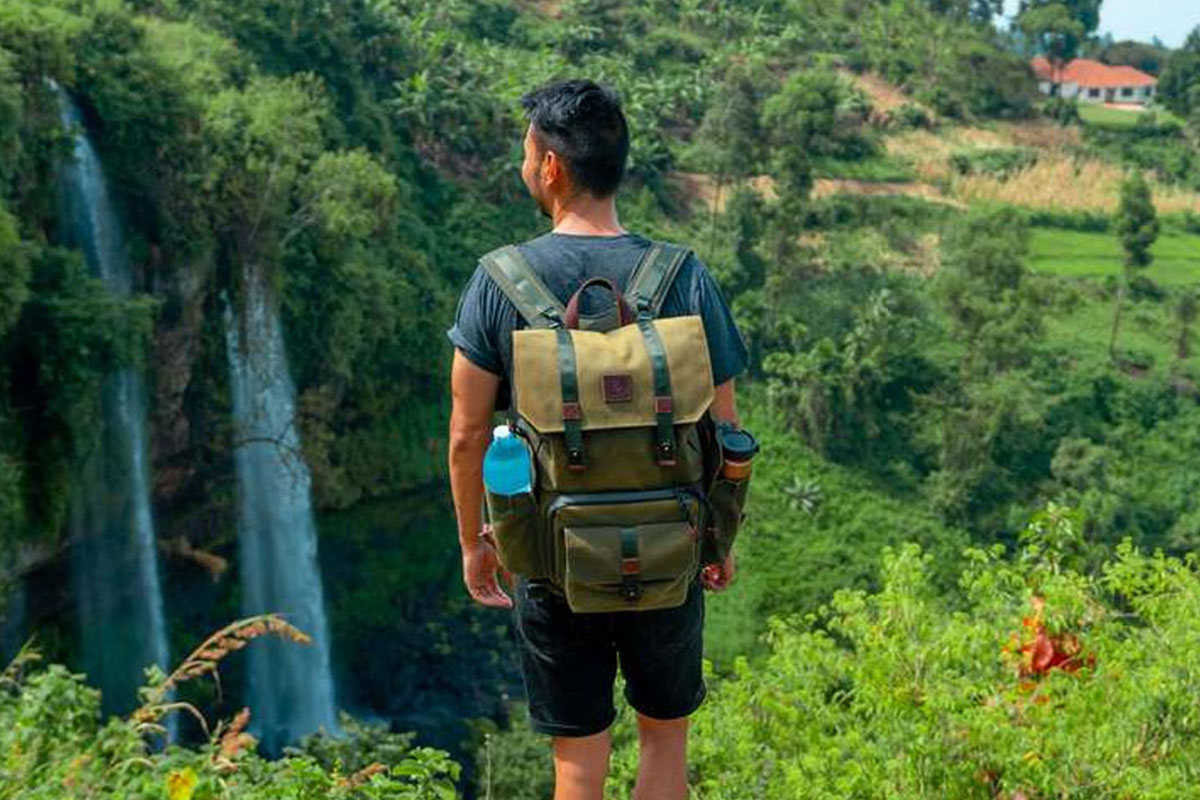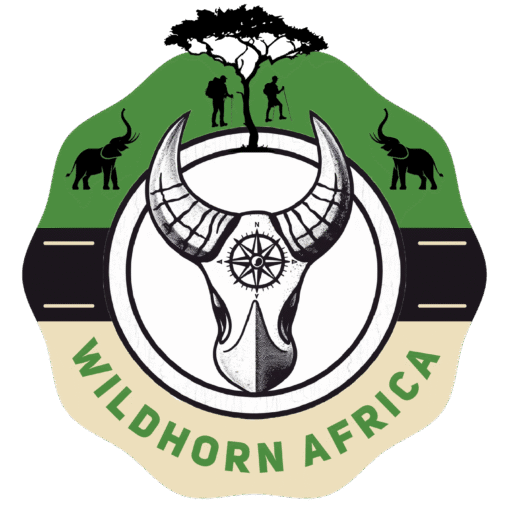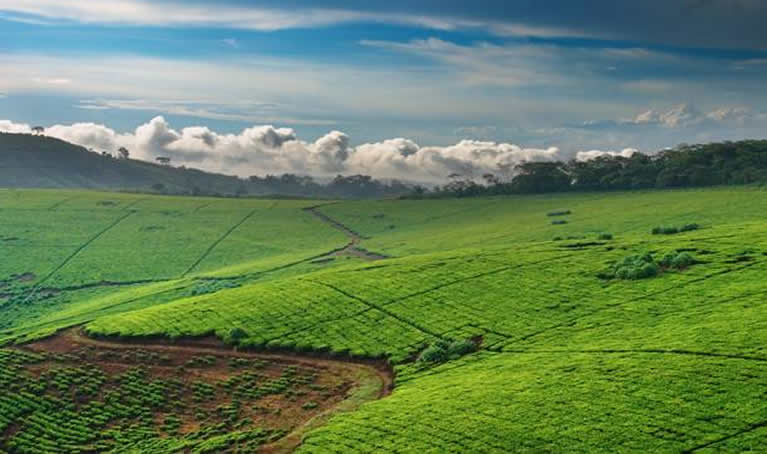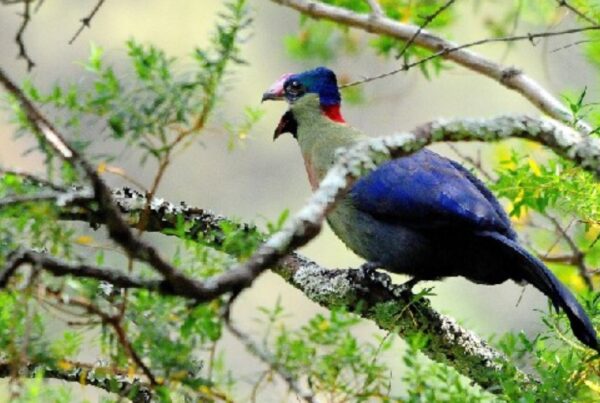When Is the Best Time of Year to Visit Uganda? | Complete Uganda Travel Seasons Guide 2026
Few destinations on the African continent hold as much natural and cultural allure as Uganda, the “Pearl of Africa.” From the misty mountains of Bwindi, where endangered mountain gorillas thrive, to the shimmering expanses of Lake Victoria and the sweeping savannah plains of Murchison Falls and Queen Elizabeth National Park, Uganda embodies the beauty of East Africa in its purest form. Yet one of the most frequent questions travelers ask when planning their journey is, When is the best time of year to visit Uganda?
The truth is that Uganda’s appeal stretches across the calendar. Its equatorial location and diverse ecosystems create a relatively mild climate year-round, making it possible to explore the country almost any month of the year. Still, understanding the variations in weather patterns, wildlife behavior, and travel conditions across different seasons can significantly enhance your experience. Whether your interest lies in gorilla trekking, birdwatching, photography, or cultural exploration, each period of the year brings its own rhythm, colors, and sensations.
This detailed guide explores the nuances of Uganda’s seasons, providing insights on weather, park accessibility, wildlife highlights, and travel logistics—helping you choose the perfect time to embark on your adventure with confidence and clarity.
Understanding Uganda’s Climate: The Equatorial Advantage
Uganda’s location on the equator gives it one of the most favorable climates in Africa. It does not experience the extreme temperature swings seen in many other parts of the continent. Instead, the weather remains relatively consistent throughout the year, defined more by rainfall patterns than temperature changes.
The country’s altitude, ranging from about 900 meters in the lowlands to over 5,000 meters in the Rwenzori Mountains, creates microclimates that add variety to travel experiences. Days are typically warm, with average daytime temperatures between 24°C and 30°C (75°F–86°F), while nights are cooler and comfortable, particularly in highland regions such as Kabale, Fort Portal, and Bwindi.
Rainfall determines the distinct travel seasons, and Uganda generally has two rainy periods: the long rains from March to May and the short rains from late October to November. The dry seasons, which fall between June and September and again from December to February, are considered the best for outdoor adventures, wildlife observation, and trekking activities.
The Dry Season (June to September): The Prime Time for Exploration
The period between June and September is often referred to as Uganda’s peak travel season, and for good reason. This stretch of the year combines favorable weather, excellent wildlife sightings, and manageable road conditions across the country.
During this time, the landscapes of western Uganda, where most of the country’s national parks are located, are lush but not waterlogged. The reduced rainfall creates ideal conditions for gorilla and chimpanzee trekking, as forest trails are less slippery and visibility in the dense vegetation improves. The misty hills of Bwindi Impenetrable Forest and Mgahinga National Park are particularly magical in the mornings, as the first light cuts through the haze to reveal the silhouettes of mountain gorillas moving quietly among the foliage.
Wildlife enthusiasts visiting savannah parks such as Queen Elizabeth National Park, Murchison Falls National Park, and Lake Mburo National Park will find this season especially rewarding. The thinning vegetation and limited water sources draw animals toward rivers and waterholes, making them easier to spot. Elephants, buffaloes, lions, leopards, and antelopes congregate near the Nile in Murchison Falls or along the Kazinga Channel in Queen Elizabeth National Park, offering spectacular photographic opportunities.
This dry period is also considered one of the best times for birdwatching, particularly for resident species. Clear skies, calm winds, and open visibility make identifying and photographing birds effortless. While migratory birds typically arrive later in the year, the diversity of Uganda’s resident birdlife—over 1,000 recorded species—ensures a rewarding experience even in the middle of the dry season.
The Short Dry Season (December to February): Warm Days and Perfect Views
The second dry season, running from December through February, is another excellent time to visit Uganda. The weather is warm and relatively dry across most regions, though temperatures can rise slightly higher, especially in the northern and central parts of the country.
For those seeking a holiday escape, this period coincides with the festive season, making it popular among international travelers and Ugandans alike. Safari lodges and national parks often experience higher visitor numbers, creating a lively and social atmosphere across destinations.
In Bwindi and Mgahinga, gorilla trekking conditions remain favorable, while Kibale National Park offers unforgettable chimpanzee tracking experiences. Photographers favor this period for its golden light, minimal haze, and clear mountain vistas—especially in regions like the Rwenzoris and Mount Elgon.
Additionally, Lake Bunyonyi and Lake Victoria offer tranquil retreats for travelers seeking relaxation after a safari or trekking expedition. The serene weather allows for uninterrupted lake cruises, canoe rides, and cultural visits to nearby islands. The clear skies also make it one of the best times to experience Uganda’s breathtaking sunsets—an unforgettable spectacle of color over the African horizon.
The Long Rainy Season (March to May): Lush Landscapes and Intimate Experiences
While the March to May period is considered Uganda’s wettest season, it should not deter travelers from visiting. For those seeking a quieter, more immersive experience, this time of year holds unique rewards. The rain transforms Uganda’s landscapes into vibrant tapestries of green, with wildflowers blooming and rivers swelling to their fullest.
During the long rains, the countryside comes alive in a way that feels deeply authentic. Waterfalls thunder at full force, and the air carries the crisp scent of wet earth and vegetation. Although travel can be slower due to occasional muddy roads and heavier showers, the rains often fall in short bursts followed by bright sunshine, allowing activities to resume with minimal disruption.
This is also the low season, meaning there are fewer tourists in the parks. Lodges and tour operators often offer discounted rates, creating opportunities for more affordable luxury safaris. Gorilla trekking permits are easier to secure, and the intimate atmosphere in the forests enhances the feeling of connection with nature.
Wildlife viewing remains good, though animals may be more dispersed due to the abundance of water and vegetation. However, for photographers and nature lovers, the rich hues and dramatic skies of the rainy season provide an extraordinary canvas for visual storytelling.
In addition, this period marks the beginning of bird breeding season, making it particularly rewarding for birdwatchers. Vibrant plumage and mating displays can be observed across wetlands, forests, and savannahs, offering exceptional opportunities to witness the life cycles of Uganda’s avian residents.
The Short Rainy Season (October to November): The Transition of Seasons
The short rains between late October and November bring a gentle return of moisture to Uganda’s landscapes after the long dry months. The rains are lighter and less persistent than those earlier in the year, making travel feasible while reviving the countryside’s greenery.
For travelers who appreciate tranquility, this period provides the perfect balance between favorable weather and minimal crowds. Parks remain accessible, and wildlife sightings are still excellent, as many animals linger near residual water sources from the previous dry months.
This season also marks the arrival of migratory birds from Europe and Asia, adding to Uganda’s already impressive avifaunal diversity. The wetlands of Mabamba Swamp, Murchison Falls, and Lake Mburo become havens for bird enthusiasts seeking rare sightings such as the shoebill stork, African skimmer, and various warblers and swallows.
In cultural terms, October and November coincide with several local festivals and harvest celebrations, offering travelers the chance to engage with Ugandan traditions firsthand. The blend of lush scenery, cultural vibrancy, and wildlife abundance makes this transitional season an underrated gem for those willing to embrace a little rain for greater rewards.
Regional Variations: Uganda’s Microclimates and What They Mean for Travelers
Although Uganda’s climate is generally predictable, conditions can vary considerably from one region to another. Understanding these microclimates helps travelers fine-tune their itineraries and manage expectations for each destination.
The western region, home to Bwindi, Queen Elizabeth, and Kibale National Parks, enjoys moderate rainfall and cooler temperatures due to higher altitudes. The dry seasons here are ideal for trekking and safaris, while the wet seasons bring misty mornings and lush green vistas.
In contrast, the northern region, which includes Kidepo Valley National Park, experiences a more arid climate with lower rainfall levels. Kidepo is accessible year-round, but its landscapes are most dramatic and teeming with wildlife during the dry months from December to March.
The central and eastern regions, encompassing Kampala, Jinja, and Mount Elgon, maintain a tropical climate with regular rainfall throughout the year, though it is less intense than in the west. The best time to visit these regions is during the drier months when activities like white-water rafting on the Nile or hiking Mount Elgon are less affected by weather interruptions.
The southern region, particularly around Lake Victoria, experiences slightly higher humidity levels due to its proximity to water bodies. Rain showers here are frequent but short-lived, often giving way to sunshine within hours. This makes it possible to enjoy both adventure and relaxation without significant disruption.
Gorilla Trekking and Seasonal Considerations
For many visitors, gorilla trekking is the pinnacle of their Ugandan journey. The experience of standing mere meters away from a family of mountain gorillas in the wild is profoundly moving and unforgettable. The timing of your visit can influence the comfort and accessibility of this adventure.
The dry seasons (June to September and December to February) are the most popular for trekking. Trails are drier, less slippery, and easier to navigate. Visibility is better, and photography conditions are ideal. However, due to high demand, permits for these months often sell out quickly, so early booking is essential.
During the rainy seasons, the trekking experience takes on a different but equally enchanting character. The forests are denser and more atmospheric, with mist swirling through the canopy and gorillas sometimes venturing closer to lower altitudes. The rain may make the trek more challenging, but it also brings solitude and an intensified connection with nature. For travelers seeking exclusivity and depth, the rainy season can be profoundly rewarding.
Cultural and Festival Seasons: The Human Rhythm of Uganda
Beyond weather patterns and wildlife migrations, Uganda’s best time to visit can also be defined by its cultural calendar. Throughout the year, communities across the country celebrate traditional festivals, music events, and cultural gatherings that provide an authentic window into Ugandan life.
In January, the year often begins with cultural showcases in Kampala and traditional New Year festivities that highlight dance, drumming, and culinary traditions. Around June and July, local communities in the western region host harvest celebrations and music events that coincide with peak tourism periods, offering travelers opportunities for cultural immersion.
December marks another festive peak, with Christmas celebrations taking on a unique Ugandan flavor—vibrant, communal, and filled with song. Visiting Uganda during this time allows travelers to experience the warmth of local hospitality at its most expressive.
By aligning travel dates with these cultural moments, visitors can experience Uganda not just as a landscape but as a living, breathing tapestry of people and traditions.
Practical Considerations: Prices, Accessibility, and Crowds
Seasonal variations also affect the practical aspects of travel such as pricing, accommodation availability, and visitor numbers. The peak seasons (June to September and December to February) typically bring higher prices and greater demand for lodges, especially near major parks. Booking well in advance is advisable during these months.
Conversely, the low seasons (March to May and October to November) offer attractive discounts on accommodations, tours, and even gorilla trekking permits. For budget-conscious travelers or those seeking a more private experience, these months provide an ideal compromise between value and adventure.
Road accessibility improves significantly during dry periods, making travel between destinations faster and smoother. In the rainy seasons, travel times may increase, but with the help of experienced guides and well-equipped vehicles, even the most remote areas remain reachable.
Choosing the Best Time Based on Your Interests
Ultimately, the best time to visit Uganda depends on what you wish to experience. Adventure seekers, wildlife photographers, and trekkers often prefer the dry months, while nature lovers and cultural enthusiasts may favor the lush rainy periods for their richness and intimacy.
Each season tells a different story. In the dry season, Uganda reveals its crisp outlines and cinematic drama. In the rains, it whispers in shades of green and mist, unveiling its tender and poetic side. There is no single “perfect” time—only moments that align best with each traveler’s passion and pace.
Conclusion: A Year-Round Treasure Waiting to Be Discovered
In the grand rhythm of nature, Uganda is a destination without an off-season. Every month holds its own magic, shaped by rain and sunshine, movement and stillness. Whether it is the call of the shoebill echoing across the wetlands, the thundering roar of Murchison Falls after the rains, or the golden stillness of a sunset over Queen Elizabeth’s plains, Uganda reveals beauty in every phase of the year.
For first-time travelers and seasoned explorers alike, planning the right time to visit Uganda is about more than weather—it is about harmony with the land and the experiences you seek. With careful timing and thoughtful guidance, your journey will unfold seamlessly, filled with discovery, connection, and awe.
To make your adventure even more effortless and rewarding, travelers are encouraged to book their Africa tours and safaris with WildHorn Africa. With expert guides, personalized itineraries, and deep local knowledge, WildHorn Africa ensures that every journey across Uganda is safe, enriching, and unforgettable—crafted to capture the timeless spirit of the Pearl of Africa.





 WildHorn Africa – Authentic and unforgettable tours across Africa, guided by local experts who know the land, wildlife, and culture best.
WildHorn Africa – Authentic and unforgettable tours across Africa, guided by local experts who know the land, wildlife, and culture best.


